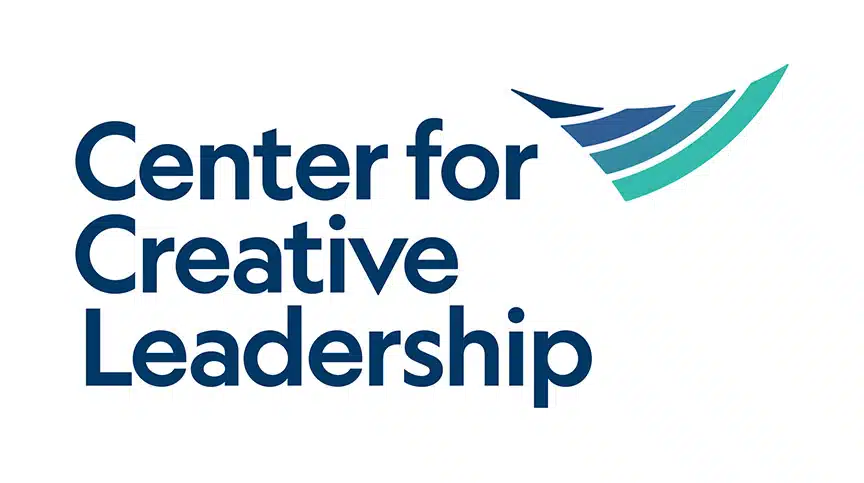Trust building helps teams step into ambiguity, stay committed to managing the unknown with confidence, and embrace change as an opportunity to learn, grow, and do great work together.
Polarity & Paradox
Home > Content About Polarity & Paradox

Featured Leading Effectively Article
What’s the difference between a problem vs. a polarity? A problem can be solved, a polarity has to be managed. Get tips on handling polarity in leadership.
Content About Paradox & Polarity
It may seem like a paradox, but can we garner the benefits of servant leadership (and make it more sustainable), by encouraging leaders to take care of themselves first, in order to serve others more effectively?
By understanding the 3 key leadership tensions that today’s managers are grappling with, your organization can help address them, improving retention and overall performance.
By Jean Leslie, Senior Fellow and Director of Strategic Initiatives, and Kelly Simmons, Global Director for Consultative Leadership Solutions, on how leaders can trust and verify the work of remote employees, in Quartz at Work.
Sometimes leaders think they have a problem. Really, they’re faced with a polarity: an ongoing dilemma that feels unsolvable. How can leaders identify and handle workplace polarities?
Conflicting demands and “either/or” tensions are the norm for many managers. Use these 2 techniques — Polarity Mapping® and Duality Mapping — to help you and your organization better understand and manage paradox.
How we define work has evolved — from being mostly in person pre-pandemic (Work 1.0), to mostly virtual during the pandemic (Work 2.0), to now — a hybrid of both (Work 3.0). Download this report for 8 keys to leading in Work 3.0.
Tune into this webinar to learn the 6 leadership paradoxes related to leading effectively in the future of healthcare and next steps for assessing your response.
The oft-used military acronym VUCA describes conditions of Volatility, Uncertainty, Complexity, and Ambiguity, but doesn’t convey how best to respond to these challenges and their inherent tensions. We propose RUPT™ instead.









